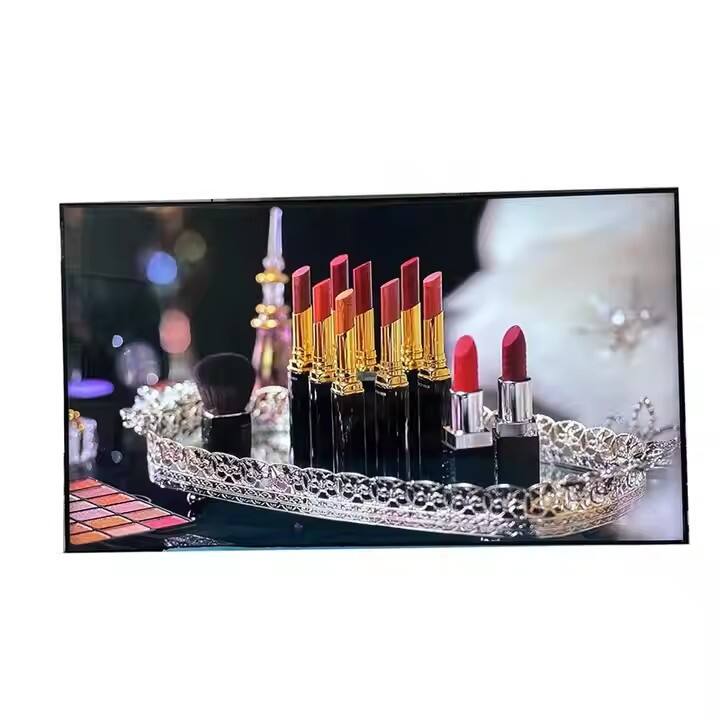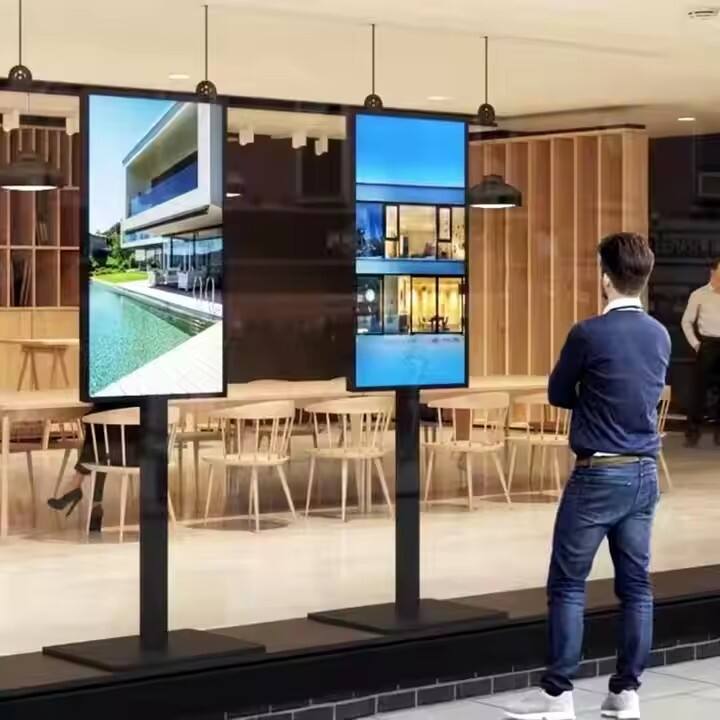Understanding High Brightness LCD Technology in Modern Display Solutions
The evolution of display technology has brought us to an era where high brightness LCD displays have become essential in various applications, from outdoor digital signage to industrial control panels. These advanced display solutions offer exceptional visibility even in challenging light conditions, making them invaluable for businesses and organizations that require reliable visual communication in bright environments.
High brightness LCD displays represent a significant advancement in screen technology, offering luminance levels that can reach up to 2,500 nits or more – far exceeding the typical 200-300 nits found in standard consumer displays. This remarkable brightness capability ensures content remains clearly visible even in direct sunlight, making these displays ideal for outdoor installations and high-ambient-light indoor environments.
Customization Options for High Brightness LCD Displays
Physical Customization Features
When it comes to customizing high brightness LCD displays, the physical aspects offer numerous possibilities. Manufacturers can modify screen sizes, aspect ratios, and housing designs to meet specific requirements. Custom bezels, mounting solutions, and protective overlays can be incorporated to enhance durability and aesthetic appeal. These modifications ensure the display integrates seamlessly into its intended environment while maintaining optimal performance.
The mechanical design can be tailored to accommodate various installation scenarios, whether it's a wall-mounted display in a retail environment or a rugged enclosure for industrial applications. Special considerations for thermal management, water resistance, and dust protection can be implemented through customized housing designs and specialized coating treatments.
Technical Performance Adaptations
Beyond physical modifications, high brightness LCD displays can be customized in terms of their technical specifications. This includes adjusting brightness levels, contrast ratios, and color calibration to match specific viewing conditions and content requirements. Advanced features such as ambient light sensors can be integrated to automatically adjust brightness levels, optimizing power consumption while maintaining visibility.
Custom interface options, including specialized input connections and control systems, can be implemented to ensure compatibility with existing infrastructure. Additionally, thermal management solutions can be tailored to maintain optimal operating temperatures in various environmental conditions, ensuring long-term reliability and performance.

Integration and Connectivity Solutions
Smart System Integration
Modern high brightness LCD displays can be equipped with integrated computing modules, enabling smart functionality and remote management capabilities. These customizations allow for seamless content updates, system monitoring, and maintenance from centralized locations. Advanced software solutions can be implemented to provide real-time diagnostics and performance optimization.
Connectivity options can be expanded to include wireless protocols, enabling IoT integration and enhanced communication capabilities. This level of customization ensures the display system remains future-proof and adaptable to evolving technological requirements.
Environmental Adaptations
Environmental considerations play a crucial role in customizing high brightness LCD displays. Specialized protective features can be incorporated to shield against extreme temperatures, humidity, and other environmental challenges. Anti-reflection coatings, UV protection, and impact-resistant materials can be selected based on specific installation requirements.
Custom thermal management solutions, including advanced cooling systems and temperature monitoring capabilities, ensure reliable operation in demanding environments. These adaptations extend the display's lifespan while maintaining consistent performance across varying conditions.
Industry-Specific Applications
Retail and Commercial Solutions
The retail sector benefits greatly from customized high brightness LCD displays, where specific requirements for store windows and outdoor signage demand unique solutions. Custom sizes and brightness levels can be optimized for maximum impact in shopping environments, while special features like touch functionality and interactive elements can enhance customer engagement.
Commercial applications often require displays that can operate continuously while maintaining consistent image quality. Customizations focusing on reliability, easy maintenance, and energy efficiency are particularly valuable in these scenarios.
Industrial and Transportation Applications
Industrial environments present unique challenges that require specialized customization of high brightness LCD displays. Ruggedized designs, enhanced durability features, and specialized mounting solutions ensure reliable operation in harsh conditions. Custom interface options and control systems can be integrated to match existing industrial automation infrastructure.
Transportation applications, such as railway platforms and airports, require displays that can withstand vibration, extreme temperatures, and varying light conditions. Customized protective features and specialized mounting solutions ensure reliable performance in these demanding environments.
Frequently Asked Questions
What is the maximum brightness level available for custom LCD displays?
Custom high brightness LCD displays can achieve brightness levels exceeding 2,500 nits, though specific maximum levels depend on the display size, power requirements, and thermal management capabilities. Some specialized solutions can reach even higher brightness levels for specific applications.
How long do custom high brightness LCD displays typically last?
With proper maintenance and appropriate customization for the intended environment, high brightness LCD displays can maintain optimal performance for 50,000 to 100,000 hours of operation. Factors such as usage patterns, environmental conditions, and quality of components significantly influence longevity.
Can touch functionality be integrated into high brightness LCD displays?
Yes, touch functionality can be incorporated into high brightness LCD displays through various technologies such as projected capacitive (PCAP) or infrared touch systems. These integrations can be customized based on specific requirements for accuracy, durability, and environmental conditions.
What environmental factors should be considered when customizing outdoor displays?
Key considerations include protection against UV radiation, temperature extremes, moisture, dust, and vandalism. Customizations often involve specialized protective glasses, cooling systems, IP-rated enclosures, and anti-reflection treatments to ensure reliable operation in outdoor environments.

